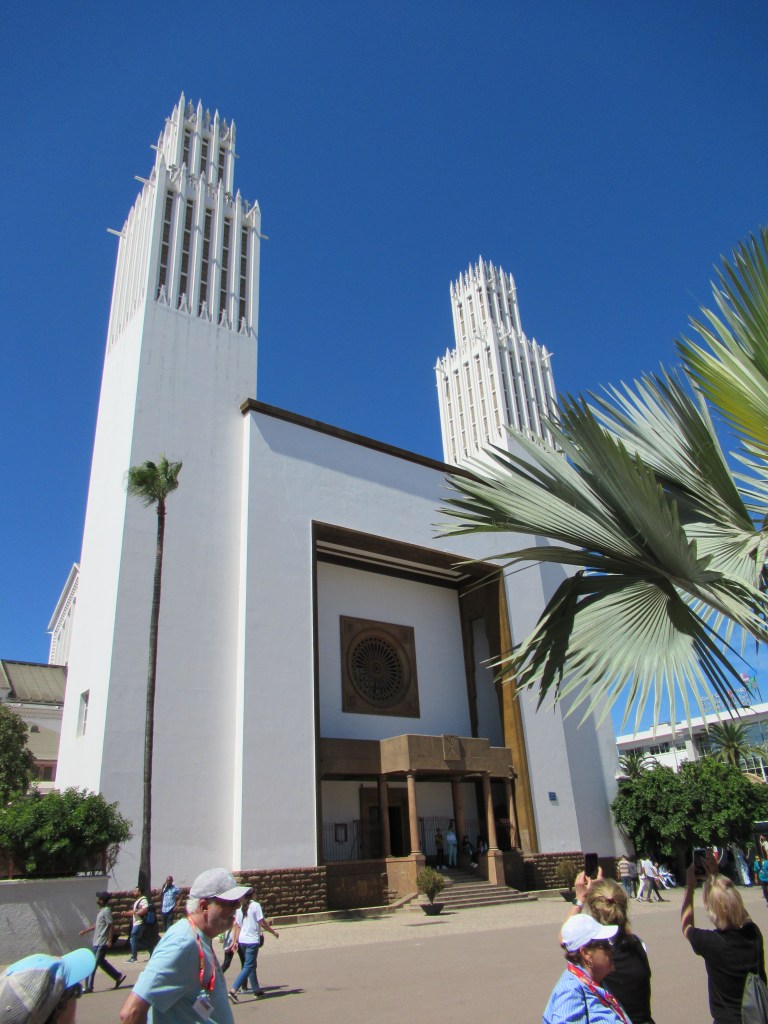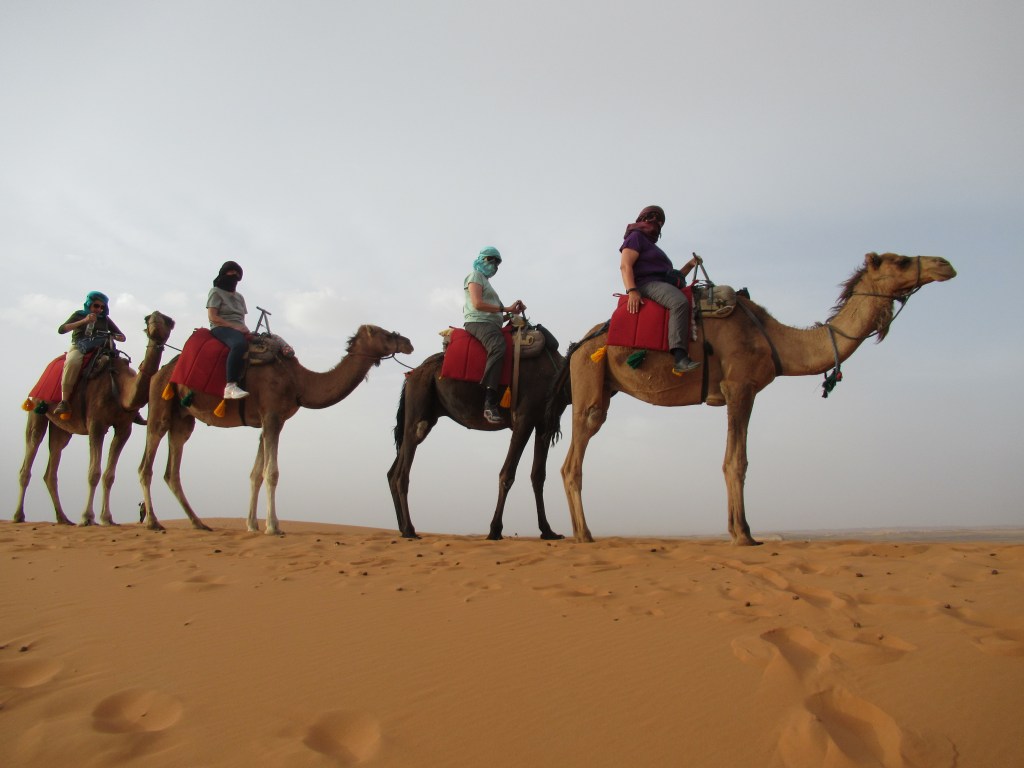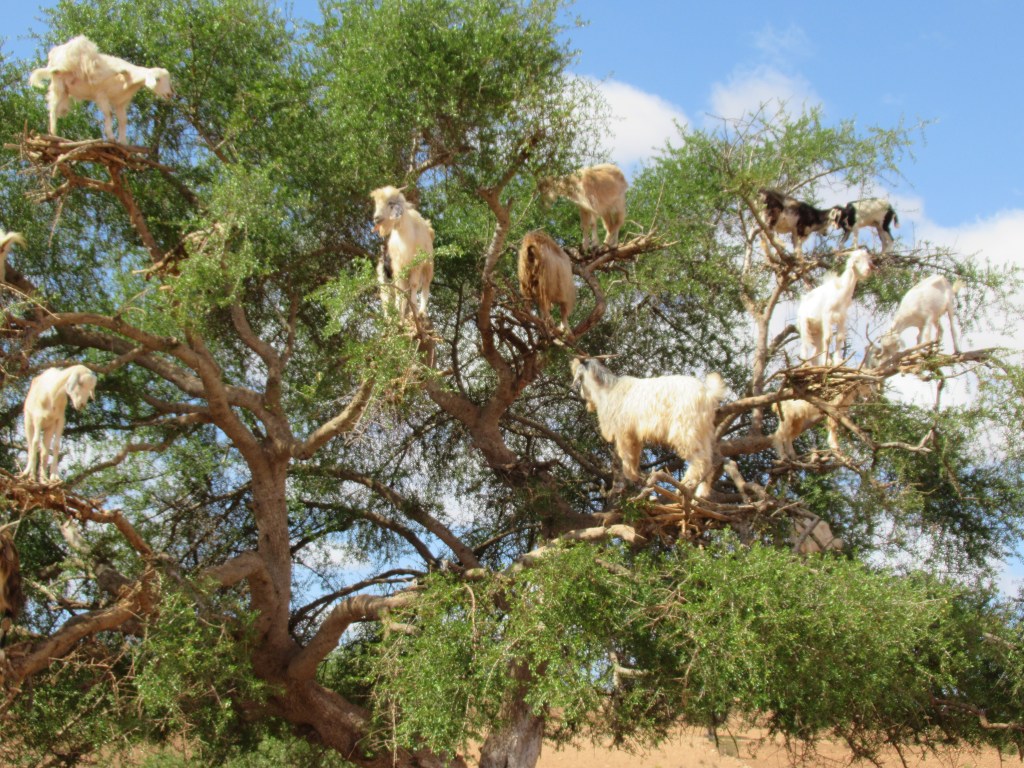
Recently, I’ve come back from a trip to Morocco. On my departure and my return, I was blessed with well-wishes from family and friends. “Safe travels,” they said with a heartfelt hug ( or the more grammatically grating, ‘Travel safe’). As I smiled and returned their hugs, it occurred to me to wonder, when did ‘safe travels’ replace ‘bon voyage’ as the wish given a traveler? As if the inherent danger of travel is of more concern (or interest?) than the desire for good times.
I have no clear answer to this, though I suspect the 9/11 attack had a profound effect on our national psyche.
In any case, in spite of the exotic impression people might have of Morocco, the country is remarkably safe. There are, of course, pickpockets, such as a traveler will find in any tourist spot, and there are some disputes over the country’s borders. However, I found the people very helpful and friendly. Morocco is an amazing country, with a fascinating history. The melange of cultures creates a multi-layered society; a predominately Muslim country, where Christians, Jews, Muslims, and people with any other beliefs, live together in peace.



Moroccan culture has developed over the centuries with many different influences. The area has been inhabited at least since Neolithic times. Various indigenous tribes developed a thriving civilization with their own writing and a strong trade relationship with the Phoenicians and later, Carthage. The descendants of these earliest inhabitants call themselves Amazigh (plural Imazighn), which comprise several different groups including the Tuareg. The Romans called them Mauri (which became Moors) or Berbers (which meant barbarians.)
By 300 BCE the kingdom of Mauretania developed. Mauretania was an independent Berber kingdom. The bustling trade possibilities and fertile lands of North Africa enticed Romans to expand into the areas, though they controlled mostly by trade networks rather than military expansion. By 33 BCE, the area was considered first a client of Rome, and later a vassal state. The fertile lands of Morocco helped feed the teeming population of Rome.
Christianity moved into Morocco in the 2nd century CE. Rome’s influence waned with the incursions of Vandals, Goths, and Visigoths, who eventually caused the Fall of Rome. By the 4th century CE most of the Romanized area had converted to Christianity. Many Jews lived in the area also.
Beginning around 700 CE, Arabs swept across Northern Africa, gradually converting most of the indigenous population to Islam. The Arab/Berber dynasties of Morocco developed with Arab and Amazigh leaders. Morocco was never controlled by the Ottoman Empire.
As Europe looked for expansion, the Portuguese, Spanish, and French fought for control of the area. Morocco became a French protectorate in 1912 and regained independence in 1956.
Over the centuries, these merging cultures have formed the fabric of modern Morocco, a delightful kaleidoscope encompassing a land as varied as its people. From the dry desert dunes and date palm oases to the cedar forests and rocky slopes of the high Atlas, from the winding alleys of the old medinas to the smooth, sweeping sand beaches of the north Atlantic, Morocco invites and welcomes visitors to this intriguing land. A place for safe and good travels! Bon voyage indeed!







